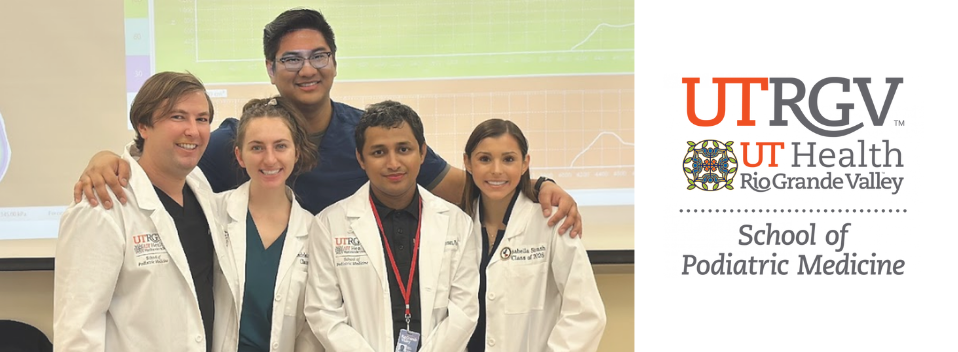
School of Podiatric Medicine Publications and Presentations
Cyclooxygenase-2 inhibition does not impair block bone grafts healing in rabbit model
Document Type
Article
Publication Date
12-2013
Abstract
Success of alveolar reconstructions using onlay autogenous block bone grafts depends on their adequate integration to the recipient bed influenced by a number of local molecules. Considering the fundamental role of cyclooxygenase (COX-2) in bone repair, the aim of this study was to analyze the effect of its inhibition in the integration of endochondral (EC) iliac crest, and intramembranous (IM) calvaria bone grafts. Thirty-two rabbits were divided into 4 groups: Calvaria Control (CC) and Iliac Control—treated with oral 0.9 % saline solution, and Calvarial-NSAID (C-NSAID) and Iliac-NSAID (I-NSAID) groups—treated with oral 6 mg/Kg non-steroidal anti-inflammatory drug etoricoxib. After 7, 14, 30 and 60 days the animals were euthanized and the specimens removed for histological, histomorphometric and immunohistochemistry analysis. At day 60, a tight integration of IM blocks could be seen with the presence of remodeling bone, whereas integration of EC grafts was mainly observed at the edges of the grafts. A significant higher percentage of bone matrix in the interface region of the CC grafts in comparison to C-NSAID only at day 14, whereas no differences were detected comparing the EC grafts. No differences were observed in Runx-2 and vascular endothelial growth factor (VEGF) immunolabeling when comparing CC and C-NSAID groups, while a significant weaker Runx-2 and VEGF labeling was detected in I-NSAID group at day 60. Although some influence was detected in osteogenesis, it is concluded that drug induced inhibition of COX-2 does not impair onlay bone grafts’ healing of both embryologic origins in rabbits.
Recommended Citation
Moreschi, E., Biguetti, C.C., Comparim, E. et al. Cyclooxygenase-2 inhibition does not impair block bone grafts healing in rabbit model. J Mol Hist 44, 723–731 (2013). https://doi.org/10.1007/s10735-013-9519-2
Publication Title
Journal of Molecular Histology
Academic Level
faculty
DOI
https://doi.org/10.1007/s10735-013-9519-2


Comments
Reprints and Permissions
https://rdcu.be/dj8I5